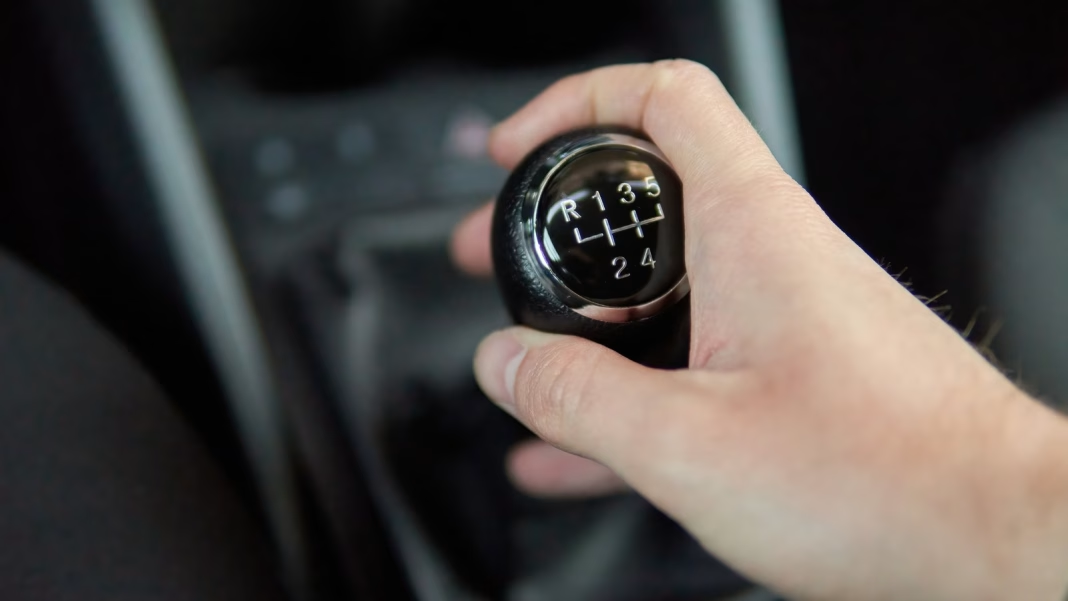What Exactly Is Engine Lugging and Why Should You Care?
Ever pressed the gas pedal in a manual car and felt the engine shudder, almost like it’s begging for mercy? That’s engine lugging. It happens when you try to accelerate in too high a gear, forcing the engine to work harder than it should at low RPMs. The result? A rough, unhappy sound and a car that feels like it’s dragging its feet. Even if you’re not a car enthusiast, understanding lugging matters—because it can quietly wreak havoc on your engine’s health.
How Can You Tell If You’re Lugging the Engine?
You don’t need a mechanic’s ear to spot engine lugging. The signs are pretty clear: the car vibrates, acceleration is sluggish, and you might hear a deep, rattling noise. It feels like the engine is struggling, almost as if it’s about to stall. Some drivers mistake this for a minor hiccup and keep pushing through, but that’s a recipe for trouble. If you notice the car hesitating when you accelerate, especially in a high gear at low speed, you’re probably lugging.
Why Does Lugging Harm Your Engine?
Here’s the nitty-gritty: engines are designed to operate efficiently within a certain RPM range. When you lug the engine, you’re forcing it to produce power at a speed it’s not built for. This puts extra stress on internal components—think connecting rods, bearings, and crankshafts. Over time, this strain can lead to premature wear, overheating, and even catastrophic failure. According to a 2022 report from the Society of Automotive Engineers, repeated lugging can reduce engine lifespan by up to 20 percent. That’s not just bad for your wallet; it’s bad for your peace of mind.
Is Lugging Only a Problem for Manual Transmissions?
Manual drivers are most likely to experience lugging, since they control gear selection. But automatics aren’t completely immune. Some older or less sophisticated automatic transmissions can hold onto higher gears longer than they should, especially under heavy load. Modern automatics and CVTs, however, are much better at keeping the engine in its sweet spot. Still, if you tow heavy loads or drive up steep hills, pay attention—lugging can sneak up on you.
What’s the Right Way to Avoid Lugging?
The solution is refreshingly simple: listen to your car. Shift to a lower gear if you feel the engine struggling or hear that telltale rattle. Don’t be afraid to let the engine rev a bit higher, especially when climbing hills or accelerating. Most modern engines are built to handle higher RPMs without issue. If you’re new to driving stick, practice matching your speed to the right gear. A good rule of thumb? If you have to floor the gas to get moving, you’re probably in too high a gear.
Can Lugging Affect Fuel Economy or Emissions?
You might think lugging saves fuel because you’re in a higher gear, but the opposite is true. An engine that’s working too hard at low RPMs burns fuel inefficiently, leading to higher consumption and more emissions. A 2021 study from the U.S. Department of Energy found that proper gear selection can improve fuel economy by up to 15 percent in city driving. So, shifting at the right time isn’t just good for your engine—it’s good for your wallet and the environment too.
What If You’ve Been Lugging Without Realizing It?
Don’t panic. Occasional lugging probably hasn’t doomed your engine. The real danger comes from making it a habit. If you’ve noticed any of the symptoms—rough running, hesitation, or odd noises—try adjusting your driving style. If the symptoms persist, it might be worth having a mechanic check things out, just to be safe. Prevention is always cheaper than repair.
The big takeaway? Avoiding engine lugging isn’t about perfection—it’s about smarter adjustments. Start with one change this week, and you’ll likely spot the difference by month’s end. Your engine will thank you, and so will your wallet.


